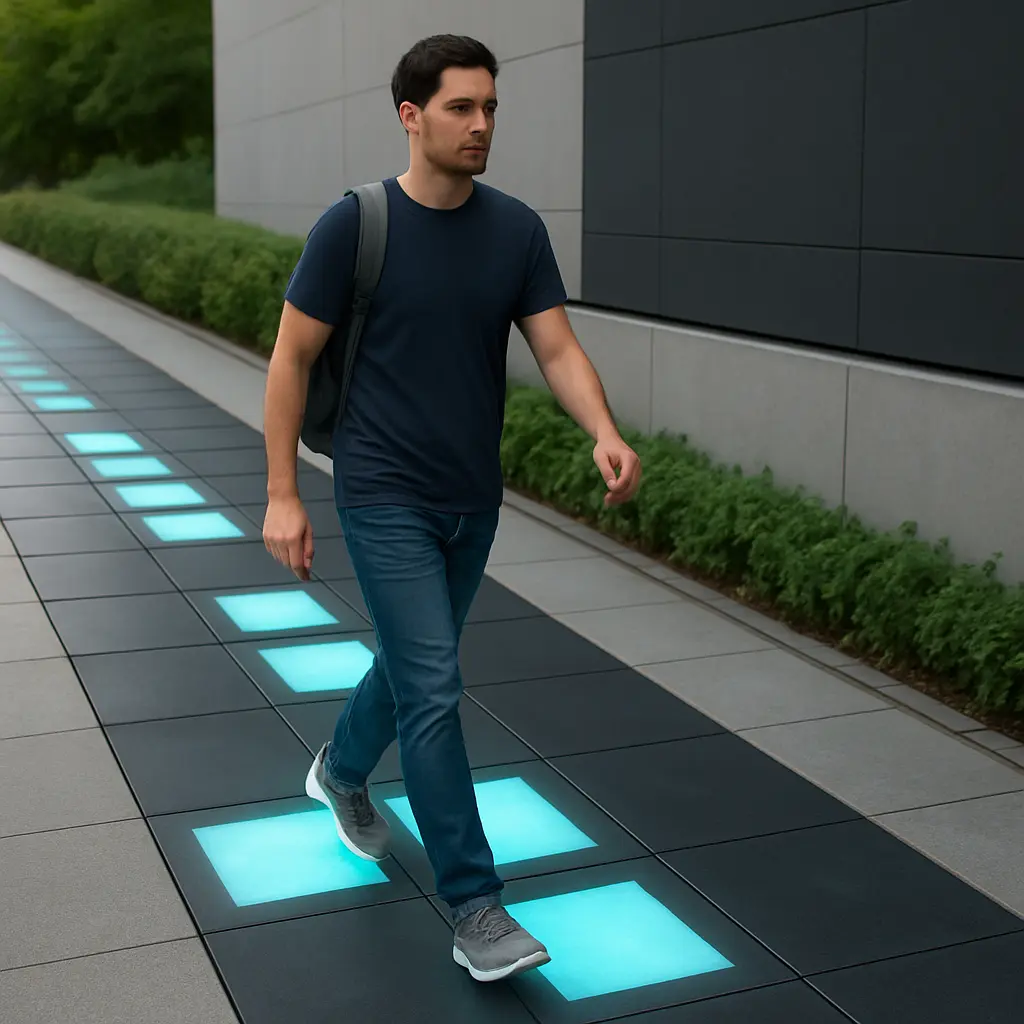I’ve been tracking piezoelectric energy developments for the past decade, and the technology has moved from laboratory curiosities to practical applications. The basic principle isn’t new — certain materials generate electricity when subjected to mechanical stress. What’s changed is our ability to harness this effect efficiently.
The applications range from powering remote sensors to generating electricity from foot traffic in busy venues. Some sports facilities have even experimented with piezoelectric floors that capture energy from crowd movement, creating data that platforms like 1xbet Bahrain download could theoretically use for unique betting markets based on fan excitement levels and attendance patterns.
Material Science and Device Engineering
The engineering challenges behind piezoelectric energy harvesting remain significant. Piezoelectric materials research shows that material selection directly impacts power output and device longevity.
Key considerations for piezoelectric device design include:
- Crystal structure optimization for maximum voltage generation per unit of applied force
- Electrode configuration that minimizes energy loss during electrical conversion
- Mechanical coupling systems that transfer motion efficiently to piezoelectric elements
- Energy storage circuits capable of handling irregular power generation patterns
- Environmental protection for devices exposed to harsh operating conditions
Lead zirconate titanate (PZT) remains the most common piezoelectric material, generating roughly 10-50 milliwatts per square centimeter under typical stress conditions. Researchers are developing lead-free alternatives like barium titanate and potassium sodium niobate, though these generally produce lower power outputs.
The mechanical design matters as much as the material choice. Cantilever beam configurations work well for vibration harvesting, while stack arrangements suit high-force applications. Frequency tuning becomes critical — most piezoelectric harvesters perform optimally within narrow frequency ranges.
Manufacturing costs have dropped significantly over the past five years. Mass-produced piezoelectric elements now cost less than $2 per unit for basic applications, making them viable for consumer electronics and infrastructure projects.
Commercial Applications and Performance Data
Real-world deployment tells a different story than laboratory specifications suggest. Piezoelectric energy harvesting applications reveal both successes and limitations in current implementations.
Railroad companies have installed piezoelectric systems in tracks to power signal equipment. The vibrations from passing trains generate enough electricity to operate warning lights and communication devices. This works well because train schedules provide predictable energy generation patterns.
Building automation represents another growing market. Piezoelectric floor tiles in high-traffic areas can power LED lighting systems and occupancy sensors. The energy output varies dramatically based on foot traffic patterns — office buildings generate steady but low power during business hours, while shopping centers produce irregular but higher peaks.
Wearable electronics benefit from body movement harvesting. Piezoelectric elements in shoes can generate 1-3 milliwatts during normal walking, enough to power basic health monitoring sensors. The challenge lies in making these systems comfortable and durable enough for daily use.
Sports venues offer unique opportunities for large-scale energy harvesting. Stadium floors equipped with piezoelectric tiles could generate substantial power during events with high crowd activity. The energy output correlates directly with crowd enthusiasm — creating interesting possibilities for real-time data analysis.
Technical Limitations and Future Prospects
Physics doesn’t negotiate, and piezoelectric energy harvesting bumps against some hard constraints. You’re not going to power your house with footsteps — the energy density just isn’t there. What you can do is power small, intermittent devices that don’t need continuous electricity.
I’ve observed that efficiency claims often get inflated in research papers. Real-world systems typically operate at 10-30% efficiency under controlled conditions, but that drops to 5-15% when you factor in temperature changes, humidity, and mechanical wear. It’s not terrible, but it’s not great either.
Durability presents ongoing headaches. Piezoelectric ceramics can handle millions of stress cycles, but they’re brittle. Drop something heavy on a piezoelectric floor tile, and you’ve got expensive ceramic fragments. Polymer alternatives offer better impact resistance but generate less power.
Energy storage integration remains messier than most vendors admit. Piezoelectric generators produce voltage spikes that vary wildly in amplitude and timing. You need sophisticated power management circuits to smooth this out, and these circuits consume energy themselves. Sometimes you lose 30-40% of your generated power just managing it.
Recent material science work shows some promise. Stanford researchers have developed polymer composites that outperform traditional ceramics by about 30% while lasting longer under stress. MIT’s working on self-healing piezoelectric materials that could address the durability issues. These developments are encouraging, but they’re still years from commercial deployment.
Nano-scale applications intrigue me most. Piezoelectric nanowires can harvest energy from tiny vibrations — potentially enough to power implantable medical devices indefinitely. The manufacturing challenges are substantial, but the potential payoff justifies the investment.
Market adoption has been slower than predicted five years ago. The technology works well for specific applications — remote sensors, wearable devices, building automation — but it’s not replacing batteries or grid power anytime soon. That’s probably realistic expectations finally catching up with the hype.
Hybrid systems make the most sense going forward. Combine piezoelectric harvesting with solar panels or small batteries, and you get more reliable power output. The piezoelectric component provides backup power when other sources aren’t available, extending overall system runtime significantly.
Also Read-BDG Dominates: Victory Recap
